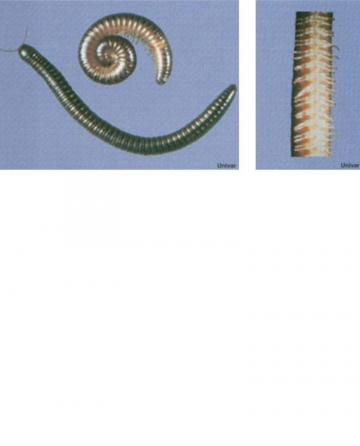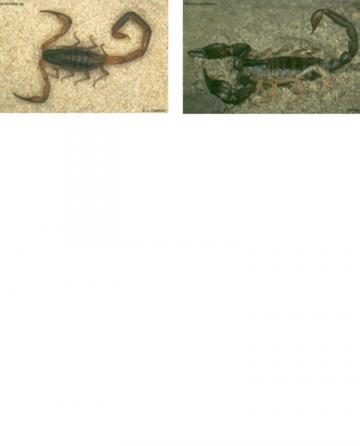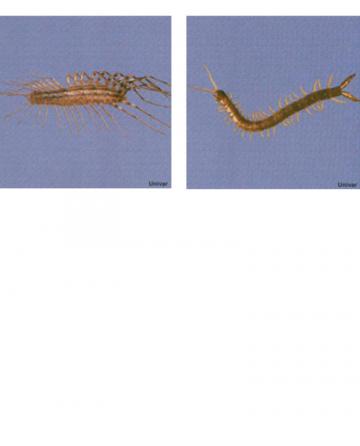Length
2-115 mm
Color
Blackish or brownish
Biology
Eggs are deposited in clusters in the soil and immature stages pass through several molts over about 2 years.
Sting
Do not sting. It gives off an ill smell and repugnant fluid. This fluid can cause vesicular dermatitis (small blisters) in humans.
Habitat
Found in areas of high moisture and decaying vegetation such as under trash, piles of grass, leaf litter.
Food
Primarily scavengers and feed on decaying organic matter, usually plant material and sometimes on plants.
Movement
In autumn they migrate in great numbers. Do not survive indoors for more than a few days for lack of moisture.
Habit
Nocturnal




